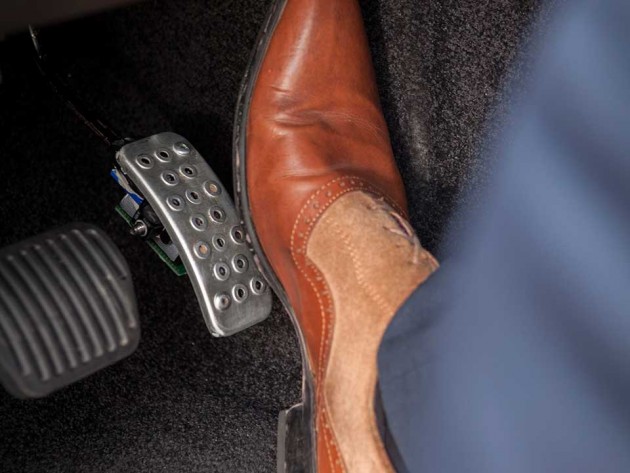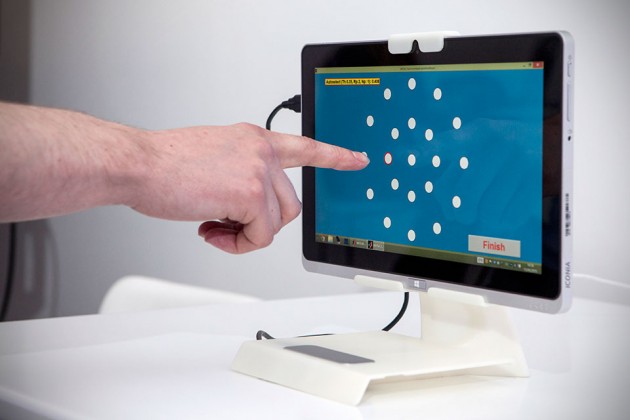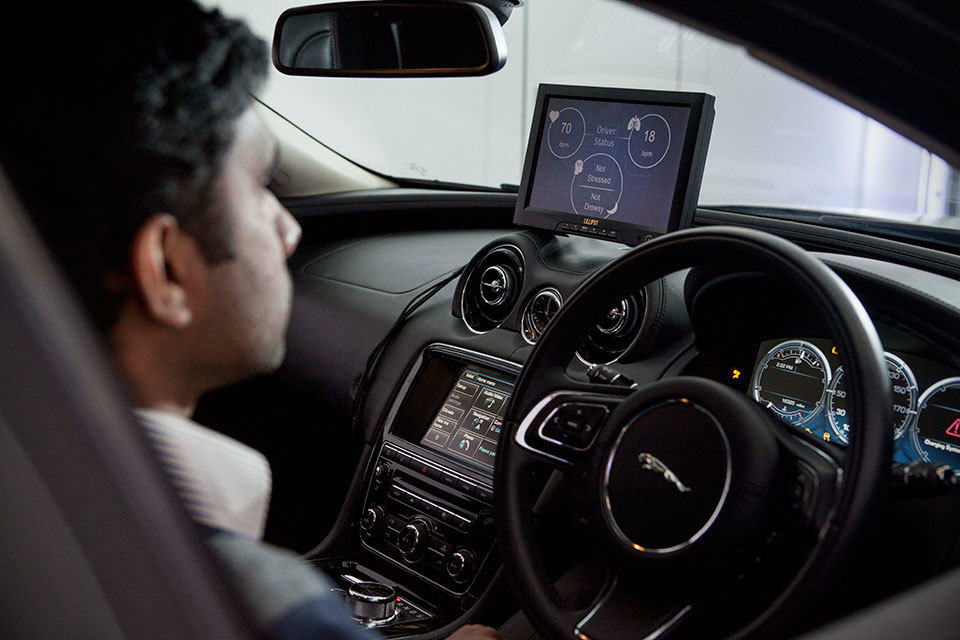If there is one car maker that is more concern about road safety and pushing automobile into the futuristic era, it would be Jaguar Land Rover. The British luxury car maker is relentless in those fronts, pursuing the ultimate in driving experience and safety technology that we can’t help but to think that perhaps a la Minority Report vehicle may not be too far away. The company latest’s research effort aims to reduce accidents, starting by ensuring the driver’s mind is 100 percent on driving. To do that, Jaguar Land Rover’s pioneering Mind Sense project works to research on ways to effectively measure the brainwaves to determine the driver’s concentration in the car. But don’t worry, there will be no headbands involved, that would be silly. Instead, Mind Sense is studying a method already used by NASA to develop a pilot’s concentration skills.

The adopted method involves detecting brainwaves through the hands via sensors embedded in the steering wheel. Since the hands are further away from the head, signals have to be amplified with software and also to filter out any background ‘noise’. If the onboard system detects a lack of focus, then the system can take measures like haptic feedback of steering wheel or accelerator pedal to re-engage the driver. In fact, Jaguar Land Rover is also working on the latter, which it calls haptic accelerator pedal where it uses a combination of actuator and torque motor to send out vibrations or pulses to the driver’s foot, and also creating resistant when pushing through a speed limit or provide timely warning to prevent bumping into the car in front during a bumper-to-bumper traffic jam.

In addition, the company is also exploring the possibility of incorporating medical-grade sensor in the seat to monitor the well-being of the driver. The sensor will pick up the driver’s heart rate and breathing condition to determine if he or she is fit to drive or continue driving. Wellness monitoring, as it is refer to, is mainly applicable in future autonomous car where the vehicle can use those data to determine if the driver can take over manual control, or in the event of a manual control situation, perhaps to take over the driving if the driver is unwell. This data can also serve to give insight of the driver’s stress level. If the driver is in a stressful condition for whatever reasons, the automobile can automatically activate mood lighting, switch to calming audio track and adjust the climate control to improve the driver’s condition.

Eyes not on the road is also a major contributor to road accidents and more often than not, it has to do with the infotainment display. With that in mind, Jaguar Land Rover determined to reduce this form of distraction by minimizing the amount of time the driver’s eyes are on the screen. And to do so, it has conceived a predictive infotainment display that can predict which button or function the driver wants to activate, thus allowing the driver’s action to be realized in mid-air. Well, to us, a distraction is a distraction, regardless of how short it is.
While we applaud and feel excited by most of the developments, the predictive infotainment display feels kind of lame actually. We believe voice activation is the way to go to achieve minimal distraction. Anyway, those are in the works as we speak, but as with other in-development stuff the group is pushing for, there is no telling when they will become a reality.



